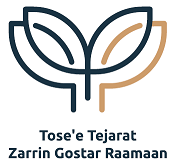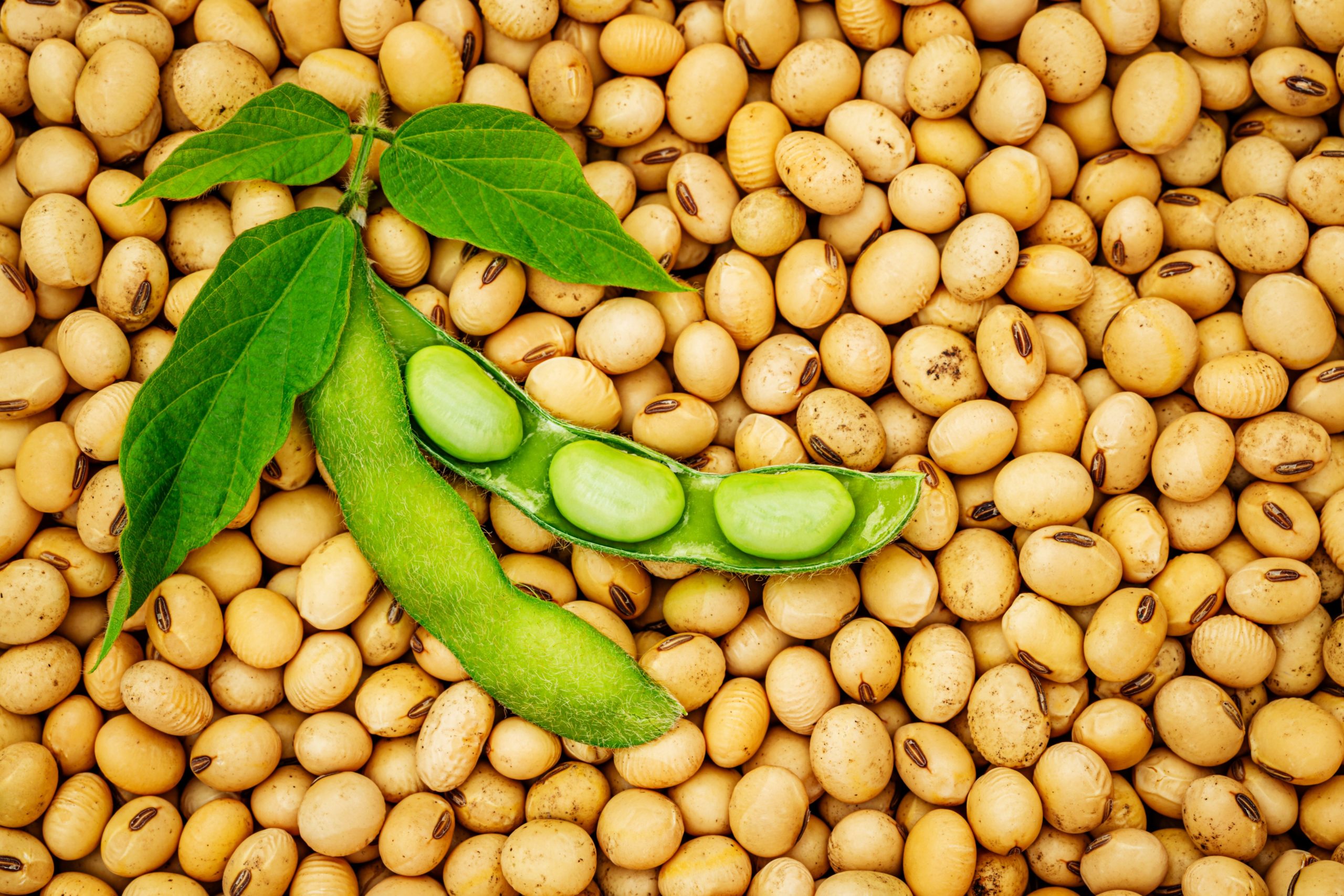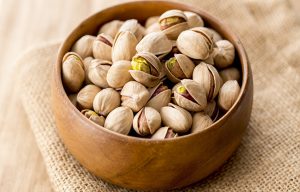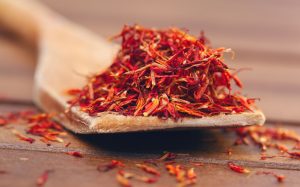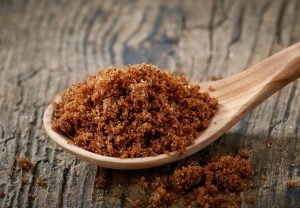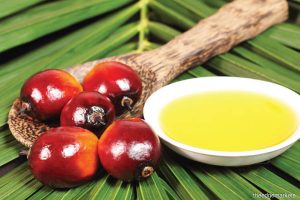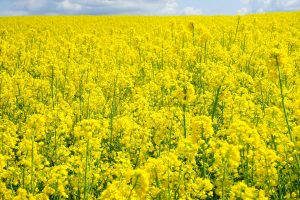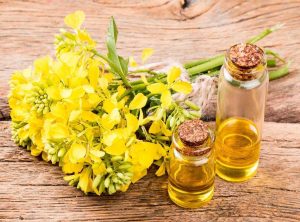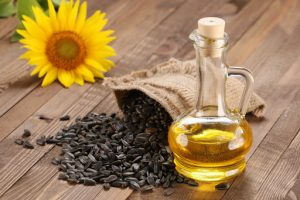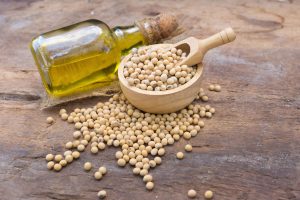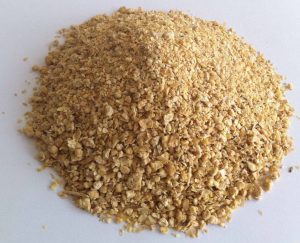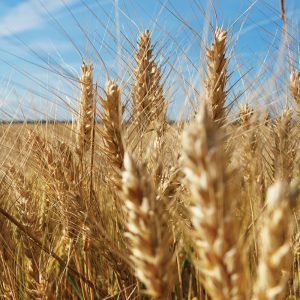The soybean (Glycine max (L.) Merr.) is an erect leguminous plant, up to 1 m high. A fast growing herbaceous annual, it is native to Asia but currently grown worldwide. Its tap-root can extend to 2 m deep in good soil conditions, with secondary roots exploring the upper 15-20 cm of the soil. Roots bear nodules resulting from Bradyrhizobium japonicum infection (in most cases). Leaves are trifoliate and leaflets are oval to lanceolate, mostly broad in commercial cultivars. The papilionaceous flowers are white, pink, purple or bluish, with a 5 to 7 mm long corolla. Fruits are two or three-seeded pods containing yellow, rounded seeds with a hilum colour ranging from yellow to black.
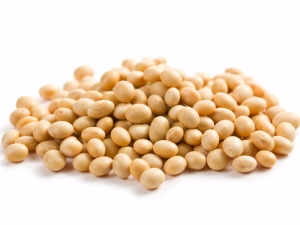
Soybean is primarily an oilseed containing about 20% oil. Soybean is the largest oilseed crop, with 231 million tons produced in 2008, the main producers being the United States, Brazil, Argentina and China. The extraction of oil results in a high-protein cake that can be further processed into a variety of products for feed and food uses. One of these products, soybean meal, is one of the major feed commodities and is the main protein source in many animal diets. Soybeans can also be used whole (full-fat soybeans). While soybean used to be grown primarily for its oil, the expansion of the crop is now driven by the demand for soybean meal and feed use accounted for about two-thirds of the value of soybeans in recent years.
Soybean is used as food in tropical Africa and Asia. Western countries are a new market for soya food (exotic foods, soybean milk, tofu…). It is useful to make flour, milk, tofu and tofu-like products. It may be roasted and eaten as a snack, or fermented to make tempeh, miso, yuba and soy sauce. Immature soya beans are also eaten as a vegetable, as well as bean sprouts.
Soybean leaves and stems can be grazed, ensiled or dried to make hay. The foliage is very palatable to cattle, has a high nutritive value and is highly digestible. Average world soybean yields are 2.25 t/ha while average African soybean yields are 0,5 t/ha.
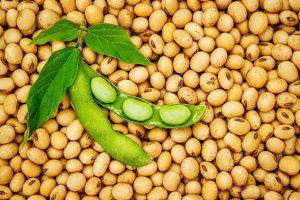
Genetically modified soybeans are now widespread in the main producing countries, and occupied 65.8 million hectares in 2008, about 68% of the world soybean area. In 2009, 91% of the US soybean surfaces were planted with GM soybeans, mostly herbicide-tolerant varieties. Most of the grown GM soybeans have herbicide-resistance traits, but GM varieties have been developed for other traits, including resistance to fungi and insects, tolerance to drought and salinity, and improved nutritional and/or health characteristics: high oleic content, high protein and amino acid (especially methionine), reduced stachyose and raffinose.
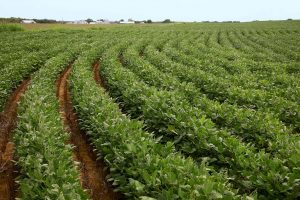
The major soybean products for feed use are soybean oil, soybean meal (the by-product of oil extraction) and whole soybeans (usually called “full-fat”), the latter being usually heat processed in order to destroy the antinutritional factors and improve their feed value. These products can be ground, pelleted, flaked or powdered.
Other products include soybean flour (powdered and screened soybean meal with a very low fibre content), soybean protein concentrates and isolates (that contain more or less pure protein), soybean solubles and molasses (resulting from the washing of soybean flour and soybean flakes), soybean mill feed (by-product of the fabrication of soybean flour), and soybean mill run (by-product of the fabrication of soybean meal).
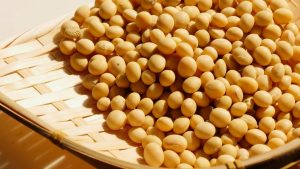
Soybean is native to Asia. It was domesticated in North China 3000 years ago, and is now produced in almost all continents between 53°N to 53°S, and from sea level up to an altitude of 2000 m. The main producing countries are the USA, Brazil, Argentina, China and India.
Optimal growth conditions are average day-temperatures around 30°C, 850 mm annual rainfall, and not less than 500 mm water during the growing season, and soil pH ranging from 5.5 to 7.5 with good drainage. Soya is sensitive to soil acidity and aluminium toxicity. It can withstand short periods of waterlogging and short droughts.
